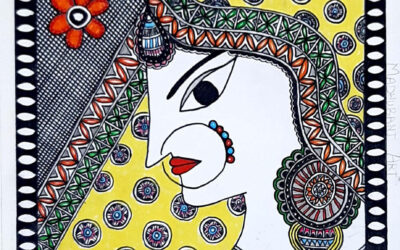Magnetic controlled growth rod (MGCR) is made up of titanium which is a controlled growing rod. It is used as a treatment for those children, who suffering from early-onset scoliosis(occurs in children below the age of 10 years, due to various conditions like congenital vertebral abnormalities, neuromuscular diseases or idiopathic causes). In severe cases, the curves may cause damage to the growth of other body parts. Surgeons usually advise surgery for children suffering a bend of above 45-50 degrees. Final fusion surgery is advocated usually above 10 years, as the trunk with vital organs need to grow till then especially the lungs.

In earlier age casting and bracing are the conservative treatment, but it causes a disproportionate ratio of the upper segment and the lower segment of the body and reduction in lung function is inevitable. So that it is less unacceptable now days. Moreover, in our temperate climates it’s not tolerated. The magnetically controlled growth rod is an option for a smaller surgery, until the child is over enough for final fusion surgery later taking full advantage of body’s own growth potential.
Magnetic controlled growth rod (MGCR) is made up of titanium which is a controlled growing rod. It is used as a treatment for those children, who suffering from early-onset scoliosis(occurs in children below the age of 10 years, due to various conditions like congenital vertebral abnormalities, neuromuscular diseases or idiopathic causes). In severe cases, the curves may cause damage to the growth of other body parts. Surgeons usually advise surgery for children suffering a bend of above 45-50 degrees. Final fusion surgery is advocated usually above 10 years, as the trunk with vital organs need to grow till then especially the lungs.

The first MGCR was implanted in 2009 in a 5-year old girl with an early-onset scoliosis. The rods are put through two small incisions one at top of the spine and one at bottom of the spine in child’s back. After the implantation surgery, in the interval of 3 to 6 months the lengthening procedure is done by external remote controlbased on the patient’s age and curve. Most of children stay in the hospital for 2-3 days after surgery. The child will have a brace for three months after surgery. Child can return to normal activityafter the brace is removed as per doctor’s advice. Child should not put much weight or stress on the back to avoid damaging or breaking the rods. For the prevention one has to avoid extreme sporting activities and ask before getting and MRI.
Rod lengthening without a surgical incision is the difference compared to a traditional growing rod system and VEPTR device to a magnetically controlled growing rod.The rod lengthening with external magnets is done without any surgery or anesthesia.Inserted magnetic growth rod into the spine contains a small magnet. A remote control device externally triggers the magnet in the rod to alter the length of the rod. The lengthening procedure is done in outpatient department.
The lengthening procedure of the rod is done in a matter of minutes. There are two sizes of rods that can expand 28 or 48 millimeters. To confirm the increased length of the rod x-ray or ultrasonography is done. After the procedure, the child can return to his activities approved by the surgeon.

The effectiveness of treating progressive scoliosis in children has been improved by the invention of the magnetic growth rod. It’s a magic. It corrects the spinal curvature, increases the child’s spine length, improves the space for lung growth and reduces the number of surgeries, which means less sedation or anaesthesia. It also presents fewer complications than traditional rod lengthening surgeries. At Stavya we operate this surgery with high yield and least complications with the IOTSS system of advances allowing perfection.
Negative aspects are the high technology cost of rods. These needs to be imported with special permission from government.


